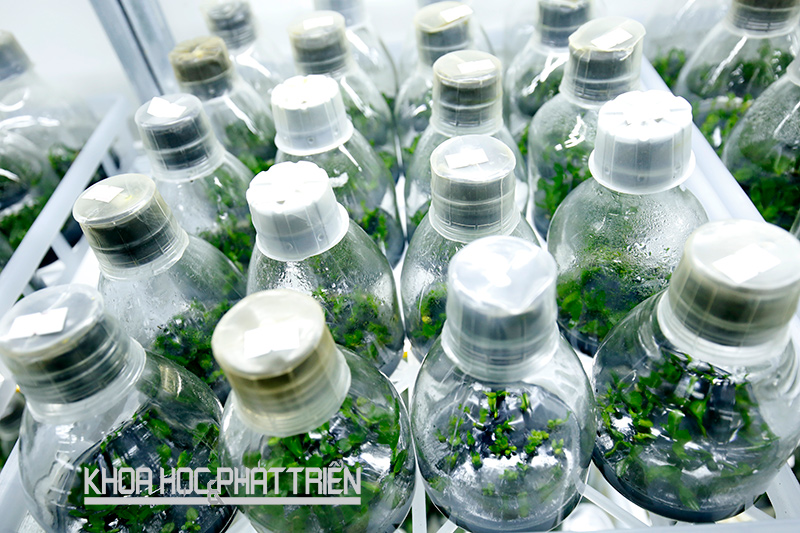
The figures were released by Pham Ngoc Ly, deputy general director of Vinaseed (Vietnam National Seed Corporation), who presided over the research project which assessed the current situation, technological capability and demand for technology renovation in hybrid rice breeding in the north and central coastal areas.
The project is part of the national program on technology renovation by 2020, one of the science technology programs implemented by the Ministry of Science Technology (MST).
“Vietnam can master the rice seed production technology. However, while the production of purebred seeds can satisfy domestic demand, the production of hybrid seeds can meet only 33 percent of the demand. The other 67 percent must be fed by imports from China and India,” Ly said.
A survey of 17 companies in the north and the central coastal provinces found that only Vinaseed and Thai Binh Seed have modern drying, processing and packaging systems. Vinaseed can produce 30,000 tons of rice seeds a year, while Thai Binh Seeds 15,000 tons.
The high quality machines are imported from Germany and Denmark.
The majority of other companies run with simple drying, processing and packaging system, churning out 5,000-7,000 tons a year.
At the meeting with agricultural scientists held recently by the Ministry of Agriculture Rural Development (MARD), Prof Tran Dinh Long, chair of the Vietnam Seed Association, said Vietnamese are proud to be a big exporter of 12 farm produce items. However, Vietnamese can only pocket a modest amount of money.
“The export turnover is about $3 billion a year, while the cost is up to $2.9 billion,” he said, adding that the money is spent on pesticides, fertilizers and seeds.
Scientists have urged acceleration of the protection of plant varieties, considering this an important solution to help develop new varieties.
According to MARD, vegetable fruit exports brought $1.7 billion in the first six months of 2017, making up 18.6 percent of total value of major farm export items, surpassing rice to become the second largest farm export item, just behind coffee.
However, according to the Plant Variety Protection Office (PVPO), in 2004-2016, the number of applications for plant protection titles in the sector just accounted for 13.7 percent of total applications, including the applications from foreign subjects.
The same situation can be seen in the coffee industry.
PVPO said there have been only 15 applications for protection for plant varieties which do not belong to the group including rice, maize, short-term industrial crops, vegetables, flowers and fruit.
RELATED NEWS
Specialty rice: the path from the gene bank to the market
“Mother” of hybrid rice varieties
Thanh Lich